
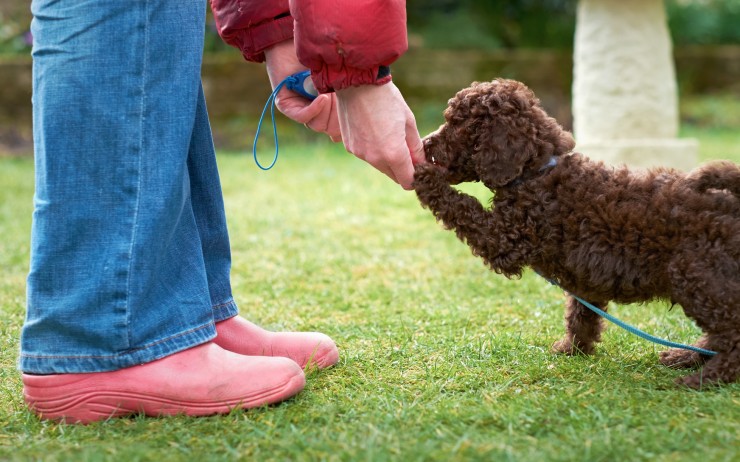
Dog training can be a complicated process that is continually adapted, monitored and worked on in order to improve and refresh your dog’s obedience and skills. While the vast majority of dog owners, even first timers, can be successful trainers with a little research and information to get them going, some dogs are more challenging to train than others, and some dog owners are better at problem solving and adapting than most, all of which are factors that can help to dictate how well or badly your training is likely to go.
If you have got the basics of dog training nailed down but are still running into issues or ongoing problems that you are not sure how to fix, the chances are that you are either expecting too much of your dog’s level of understanding and responsiveness, or that you’re making a few basic, easily fixed mistakes that you may not be aware of.
We’ve covered five big training mistakes that you might be making in this previous article, and in this piece, we’ll be looking at five more!
Read on to learn more.
When you are trying to get your dog to learn a new command, you likely view it like you would teaching a baby their first few words; lots of repetition, and praise for eventual compliance!
Repetition is one of the keys to instilling new commands in your dog’s mind and keeping them fresh, but repetition is only valuable when compliance comes with it; this means that saying a command, waiting for your dog to comply and then repeating the process is fine (up to your dog’s boredom threshold) but that standing in front of your dog repeating a command over and over while awaiting compliance that fails to come is not so useful.
When your dog understands a command, they should respond to it immediately, although one or two repetitions may be involved to ensure that your dog has heard you clearly, and to remind them of what you want!
However, saying the same command over and over while your dog ignores you or looks at you blankly will not help; your dog either doesn’t understand, and so needs a different approach, or you are using the word so often that it becomes white noise to your dog, rather than a command.
Your dog might display excellent control and execution of commands when you’re at home or in the garden with them, and yet appear to act as if they have no idea what you are saying when you try the same thing at the dog park; why?
The answer to this has many elements to it. First of all, it is easier to attain a dog’s attention and interest them in training when that is the most interesting thing going on, such as when you work with them one on one in a quiet environment. But when faced with additional stimulus, you will face a variety of problems: other things are competing for your dog’s attention, the reward of compliance is less, in their minds, than the reward of playing, or your dog simply cannot hear you or follow you as clearly as they can at home.
In order to make your training effective, you should begin teaching commands within a quiet, calm environment, but then work progressively with your dog in different situations to ensure that they will still respond when there is a lot more going on around them.
Treats can be a valuable training tool in order to get your dog’s attention, make training interesting, and keep them working to earn a reward. However, treats should be restricted to when you are teaching new commands and as occasional rewards, being phased out over time and replaced with praise, attention and other non-food-based methods of rewarding your dog.
If you rely on treats for compliance every time, your dog will only work with you until your pocket becomes empty, and then what happens next is anyone’s guess! Make sure that you give treats in combination with a lot of praise and positive reinforcement, and that your dog sees rewards as varied in nature, and not always food-based.
The average dog training book will use a lot of pages to tell you about things such as basic commands, how to teach, how to read your dog and how to plan your sessions, with little attention being paid to working with the individual traits of your own dog.
Different breeds and types of dogs can vary considerably in many ways, including their activity levels, intelligence levels, ability to retain information and willingness to please, and so training should be designed to match the breed or type of dog that you own, and not viewed as a generic list of steps that applies to all dogs.
Training a dog of low working intelligence such as the Afghan hound needs to be handled very differently to the training of a highly intelligent and active working breed such as the Shetland sheepdog.
Getting the balance right on how often you train your dog is also important; work on your dog too intensively, often, or for too long at a time and your dog will become either bored rigid or overwhelmed with what is being asked of them, but working with your dog too infrequently may lead to them forgetting their learnt skills in between sessions.
When you are teaching a puppy, untrained adult dog, higher level commands or skills such as those required for canine sports or work, you will likely need to spend some time every day training your dog proactively, but at other times, you should restrict full-on training sessions to maybe once per week.
Walks, interaction and other time spent with your dog can all also be spent refreshing their training skills, and just five minutes a day dedicated to getting your dog thinking as part of informal training can help to keep your dog responsive, engaged and working, without getting bored from too much repetition.
 Tips On How To Keep A Briards Coat Looking Good
Tips On How To Keep A Briards Coat Looking Good
 Effective Vermin Control in Milton Keynes is only by an Expert
Effective Vermin Control in Milton Keynes is only by an Expert
 Grooming The Labradoodle
Grooming The Labradoodle
 Four Essential Tips To Keep Your Pet Healthy And In Tip Top Shape
Four Essential Tips To Keep Your Pet Healthy And In Tip Top Shape
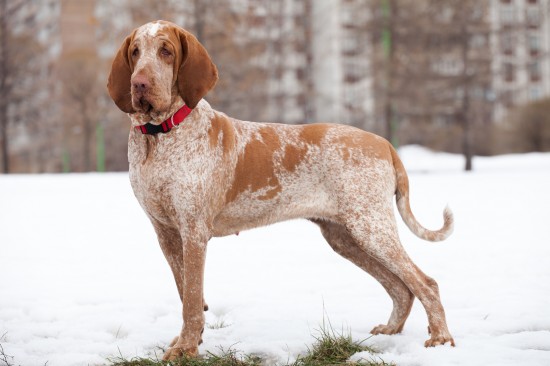 Some Frequently Asked Questions About The Bracco Italiano Dog Breed
Some Frequently Asked Questions About The Bracco Italiano Dog Breed
 Five Universal Personality Traits Of The Ragdoll Cat
Five Universal Personality Traits Of The Ragdoll Cat
 Managing The Diet Of A Diabetic Dog
Managing The Diet
Managing The Diet Of A Diabetic Dog
Managing The Diet
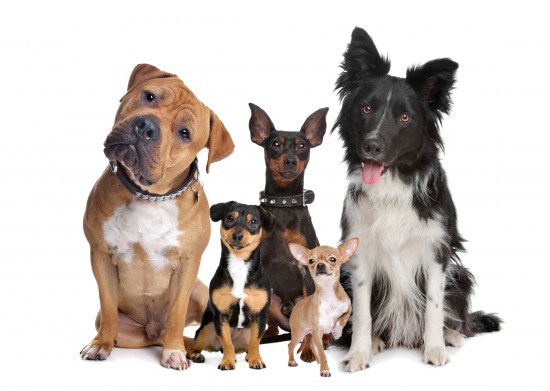 Best Dog Breeds For Families
Best Dog Breeds F
Best Dog Breeds For Families
Best Dog Breeds F
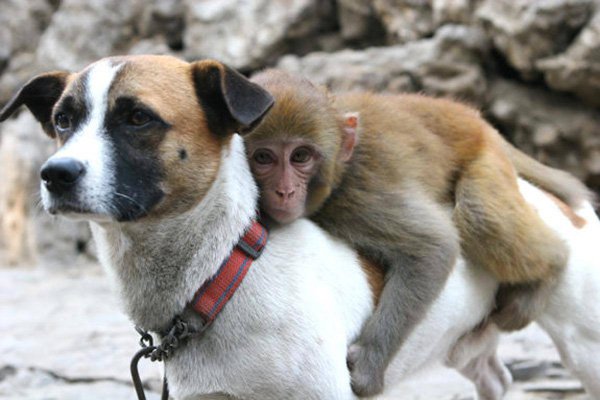 Beat The Bugs Out of Your Home With The Best Bed Bug Killer
Beat The Bugs Out of Your Home With The Best Bed Bug Kille
Beat The Bugs Out of Your Home With The Best Bed Bug Killer
Beat The Bugs Out of Your Home With The Best Bed Bug Kille
 Bearded Dragons Guide For Beginners
Bearded Dragons G
Bearded Dragons Guide For Beginners
Bearded Dragons G
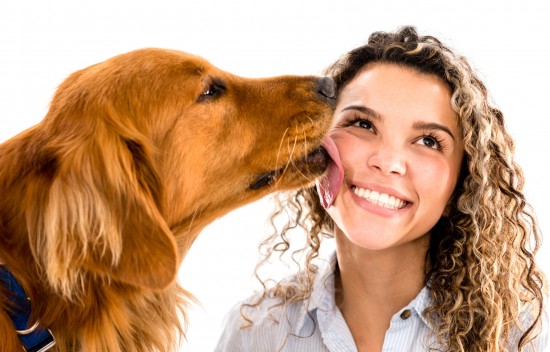 Dogs And Licking - How To Stop Your Dog From Licking You
Dogs And Licking
Dogs And Licking - How To Stop Your Dog From Licking You
Dogs And Licking
Copyright © 2005-2016 Pet Information All Rights Reserved
Contact us: www162date@outlook.com